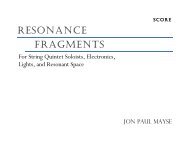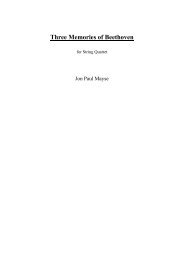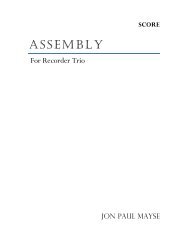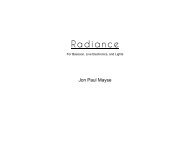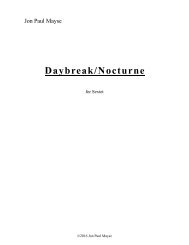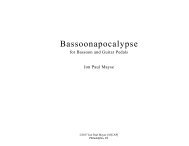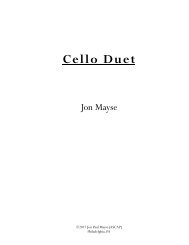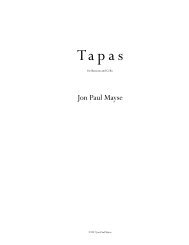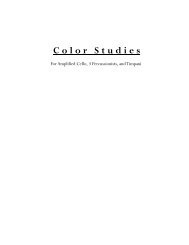Alphabet Iv-V
Danish poet Inger Christensen was concerned with two things while writing her book of poetry Alfabet: alliteration and the Fibonacci Sequence. The volume contains poems of increasing length, from a single line to over twenty pages, which delight in the sound of words. In my setting of Susanna Nied’s English translation of these poems, I sought to do something similar. I structured the musical materials from pitches to durations, even the length of the two movements, on Fibonacci proportions, and I delighted in the sibilant sounds the instruments can make. The mercurial onset of attack in a high clarinet part; the blurring of pitch and noise in double bass multiphonics; the gradations between speaking and singing.
Danish poet Inger Christensen was concerned with two things while writing her book of poetry Alfabet: alliteration and the Fibonacci Sequence. The volume contains poems of increasing length, from a single line to over twenty pages, which delight in the sound of words.
In my setting of Susanna Nied’s English translation of these poems, I sought to do something similar. I structured the musical materials from pitches to durations, even the length of the two movements, on Fibonacci proportions, and I delighted in the sibilant sounds the instruments can make. The mercurial onset of attack in a high clarinet part; the blurring of pitch and noise in double bass multiphonics; the gradations between speaking and singing.
- No tags were found...
Create successful ePaper yourself
Turn your PDF publications into a flip-book with our unique Google optimized e-Paper software.
Performance Notes<br />
Double Bass:<br />
- Indicates Bow-Above-Finger Multiphonic: Finger the harmonics indicated, but place the bow such<br />
that it is above the note(s) in the bracket. Resulting sound shoud be a cloud of pitches near the<br />
normally sounding note.<br />
Two bracketed notes mean the bow is behind the hand entirely.<br />
This technique is from the double bassist Hakon Thelin. More information can be found on his<br />
website, hakonthelin.com.<br />
- Double Harmonic: While playing a standard artificial harmonic at the fourth, place another<br />
finger exactly halfway in between the stopped and the harmonic nodes, at about a 1/2-flat<br />
minor third or a 1/2-sharp major second. (1/2-flat minor thirds are used here for ease of reading)<br />
The resulting sound should be three octaves higher than the stopped note.<br />
- Two Hand Harmonic Pizz.: Place the thumb at the indicated harmonic and pluck with the 1st and 2nd<br />
fingers. Result should be bell-like tone.<br />
Clarinet:<br />
Multiphonic Fingerings (from Gregory Oakes Multiphonic Index):<br />
1: 2. 3. 4.<br />
Oakes, #45 Oakes, #44 Oakes, #21 Oakes, #65<br />
5. 6. 7. 8.<br />
Oakes, #19 Oakes, #84 Oakes, #91 Oakes, #88




